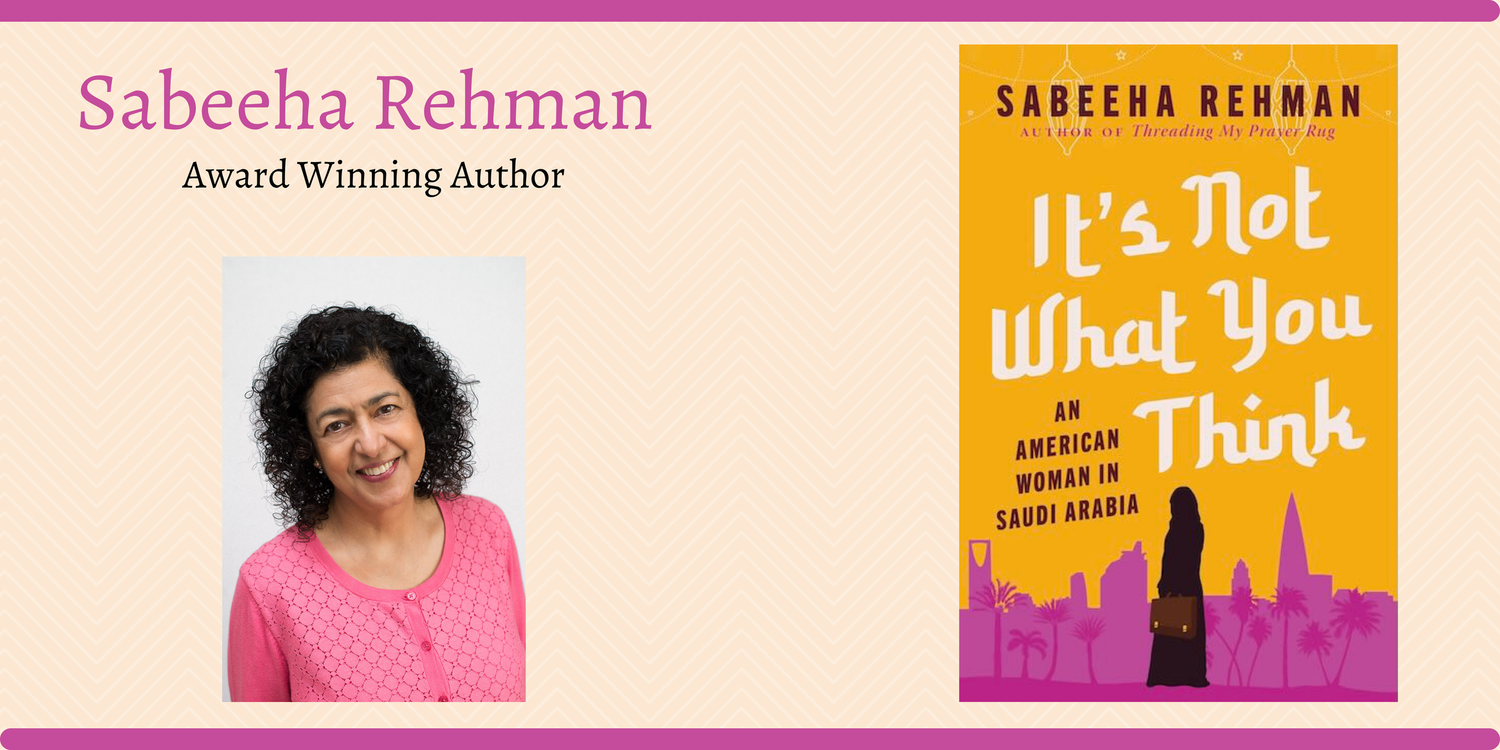The house on my wedding day
It was November 2022 when Khalid and I got back from a two-week trip Pakistan. We had taken our almost nineteen-year-old granddaughter Laila with us, showing her around town, the historical and cultural sites, and meeting with family and friends. Then on a whim, I decided to show her the house where we were married.
That house was in Lalazar Colony, Rawalpindi, where we lived when Daddy was in the army and posted at the General Head Quarters (GHQ). The army had commissioned this house for their officers, and we were lucky to have been allotted this house. A three-bedroom three-bathroom, two-story structure, it had a large sunroom on the second floor with a stunning view of the valley. Like all houses, it had a front lawn cordoned off by a tall boundary wall, offering privacy.
This is the house I came home to when I was on college break. During those years, families would visit, asking for my hand in marriage. Proposals continued well after graduation, and my parents would entertain the visitors in the living room. I was positioned in my grandmother’s bedroom on the ground floor and would peak through the curtains when the family—along with the prospective suitable boy—would get out of the car, and walk through the verandah to the main entrance. I would get a glimpse, but not quite.
Then one day, Khalid’s mother came bearing his photos, and stayed overnight in my grandmother’s room with her. The house was full of chatter … but let me not digress. If you know me, you know the story of my arranged marriage; and if you need a refresher, just grab a copy of my memoir Threading My Prayer Rug and read Chapter 1: It’s Arranged. So, to make a long story short, it was in the living room of this house where my parents said ‘Yes,’ where Khalid arrived to meet us just a week before the wedding, where he stayed—in his future bride’s home, sang on my birthday and placed the ring on my finger. This is where on November 21, 1971, surrounded by my friends in my bedroom, I signed the marriage document. Escorted down the stairs by my friends, I took my place in the living room to sit by Khalid and have the ladies apply the orange henna on my palms, while my friends sang and clapped to the beat of the dholak drum. This is where I was married.
I never came back to this house. We left for the States, and when we returned for a visit two years later, Daddy had been transferred out to Kharian Cantonment, another army station, a two-hour drive from Rawalpindi. The house was turned over to another army officer. Who knows how many times it changed hands in the decades that followed. Many years later, when I was visiting Rawalpindi, we happened to drive by and noticed how overgrown the trees were, concealing the house. The valley was no longer visible, obscured by shops that had sprung up all along the side of the street.
Laila had read my memoir and I am sure she had a mental image of the house. Now I wanted her to see it, just from the outside. I wanted to point out to her the windows on the second floor from where on the night of my henna ceremony, I looked down on the lawn below to watch Khalid dance the luddi as my friends squealed, until someone looked up and noticed, “Bia is watching,” and all eyes turned up to catch me in the act. I quickly pulled back. We would be married an hour later, but until then, tradition required that I stay secluded. I was caught cheating.
My sister Neena had the driver take us there—Laila, Khalid, and I—and as we approached the house, she asked the driver to slow down.
“It’s here, up next.”
It wasn’t there.
“Move up,” she instructed the driver, “it’s the next house.”
He slowly moved up.
“No, I think it’s behind. Just reverse the car a little.”
It wasn’t there. All we saw was shops and shops and shops, bustling with business.
“Stop the car,” she told the driver.
Rolling down her window, she beckoned the shopkeeper.
“Where is the house that stood here?”
“There,” he pointed to behind the shop.
Sure enough, hidden behind the shops we were able to make out what looked like the second story of the house, plastered with a sign of a school.
“It’s a school?”
“Yes, it is,” he answered.
“How did that happen?” I asked. “I mean, where is the front lawn?”
“The front lawn is now the shops,” Neena said.
“So, whoever owned the house, tore down the boundary wall, and sold the front lawn for commercial use?”
“Looks like it.”
“How does one get to the school with all these shops in front?” Khalid asked.
The shopkeeper pointed out to a sliver of a lane leading from the street to behind the house—sorry, the school.
I looked hard, trying to re-imagine what wasn’t there, or was, but really wasn’t.
Honk! Honk!
We were holding up traffic.
“We can go back now,” Neena said to the driver. The car made a U-turn. I tried to look back through the rear window, but there was nothing to see.
Laila and I looked at each other. And we moved on.
I wondered if that is what Thomas Wolfe meant when he coined the title of his book, ‘You Cannot Go Home Again’?
Order here:
At a bookstore near you
and
Amazon (hard cover) Amazon (Kindle)
Barnes & Noble Bookshop.org
Indiebound Books-a-Million
Order from:
A bookstore near you
and
Amazon (hardcover) Amazon (Kindle) Bookshop.org Barnes & Noble Indiebound
Books-A-Million Target.com Walmart.com
Order here on Amazon for your:
Paperback
Kindle
Hardcover
Audio, narrated by Yours Truly
Or look for it on the shelf of your neighborhood bookstore.
As an Amazon Associate, I earn from qualifying purchases




